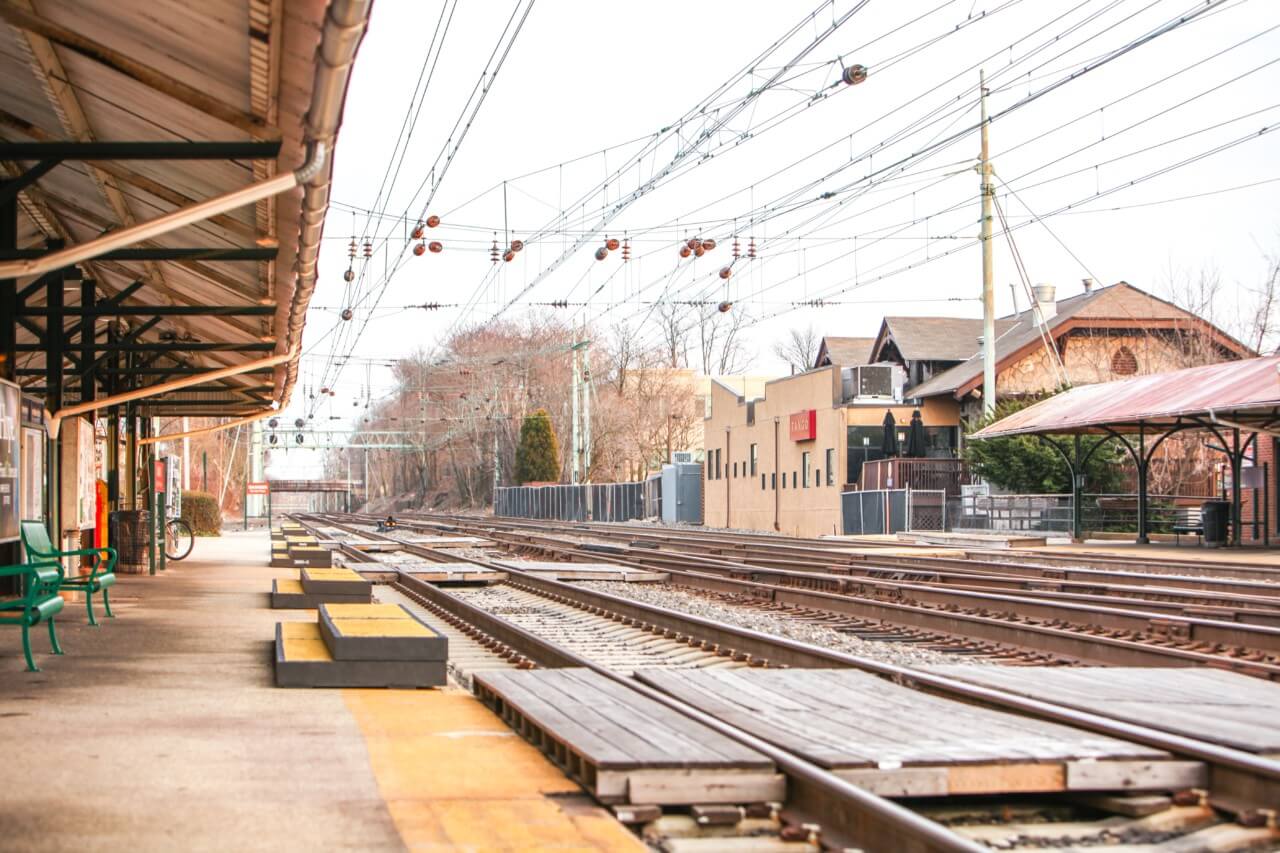Yesterday, November 15, President Biden ended months of back-and-forth negotiations and partisan brinkmanship from both Democrats and Republicans with the signature of a $1.2 trillion infrastructure package. While significantly slimmed down from the $2.3 trillion plan first unveiled by the administration earlier this March, the 2,702-page bill does allocate billions towards water, power, transportation, and climate change mitigation and resiliency projects across the country.
So, what exactly does H.R.3684, the Infrastructure Investment and Jobs Act, put money towards? Much of the funding will go towards shoring up America’s aging (and oftentimes failing) infrastructure, though decidedly less than what was in March’s previously proposed American Jobs Plan. Funds will be disbursed over a five-year period, including, but not limited to:
- $40 billion for nationwide bridge repairs and replacements. It’s no secret that decades of deferred maintenance have left bridges across America visibly crumbling, and it’s estimated that $123 billion to $171 billion is needed to shore up the approximately 235,000 bridges earmarked for repairs.
- $39 billion will go towards modernizing public transportation across the country (including bringing bus and train stations in line with Americans with Disabilities Act standards), while $66 billion will be allocated toward commuter and freight rail programs. Amtrak stands to gain the most, as the money will entirely clear the railroad service’s maintenance backlog and help further Northeast Corridor line modernization—still a marked decrease from the $80 billion noted Amtrak enthusiast Biden had originally planned. $12 billion will also go towards intercity rail programs.
- $65 billion will go towards strengthening the electricity grid, both for hardening it and building thousands of miles of new cabling, and introducing more renewable sources. $55 billion will go towards upgrading the country’s water infrastructure, including $15 billion for replacing lead pipes. However, it’s estimated that this could cost up to $47 billion (with some estimates pegged at $60 billion), a proverbial drop in the bucket. The $15 billion disbursed by the federal government will be allocated by state legislatures, raising questions of how equitably that already inadequate amount will be split.
- $21 billion has been allocated for clearing Superfund and brownfield sites, including capping unused mines and gas wells (well-known sources of methane emissions).
- $3.5 billion will go towards the Department of Energy’s (DOE) Weatherization Assistance Program, which retrofits low-income households to improve energy efficiency and storm-proofing.
- $1 billion will be spent on the Federal Emergency Management Agency’s (FEMA) Building Resilient Infrastructure and Communities (BRIC) program, which funds climate and natural disaster mitigation undertakings at the state and local levels around the country.
- $500 million for grants for the FEMA-administered Safeguarding Tomorrow through Ongoing Risk Mitigation Act (STORM Act), another climate and disaster mitigation measure.
- $250 million will go towards establishing the Energy Efficiency Revolving Loan Fund Capitalization Grant Program, which will help building owners retrofit their properties to comply with new energy efficiency guidelines.
- Hundreds of millions of dollars will also go towards grants to support training building and energy code compliance officers.
Immediately after the signing, the American Institute of Architects (AIA) released a statement lauding the bill’s passage. H.R.3684 will provide a windfall for the architecture, construction, and clean energy industries, but, more importantly, will help harden American infrastructure against the climate change-driven storms, flooding, and drought to come.
“This bipartisan legislation affirms AIA’s long-held contention that buildings are infrastructure,” said AIA 2021 president Peter Exley, FAIA, in a press statement. “It is encouraging to see Congress make meaningful investment in building sector energy efficiency and resilience. While the infrastructure deal is an important step forward for our nation, more needs to be done if we are going win in this race against time for our planet. We continue to urge Congress to support the significant climate investments contained in the Build Back Better bill, as well as aggressive emissions reduction commitments at COP26 that will combat climate change.”
